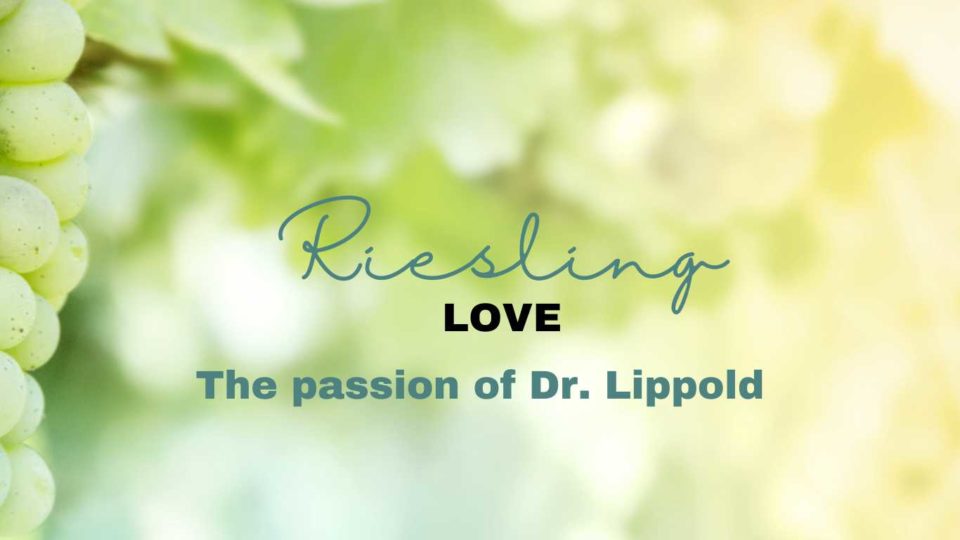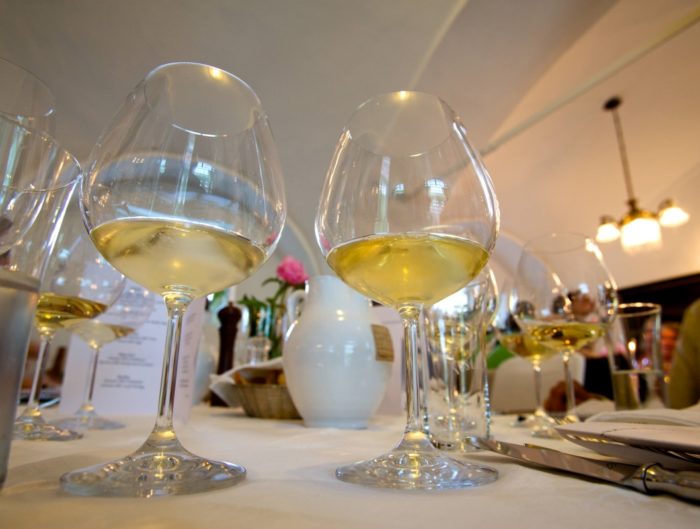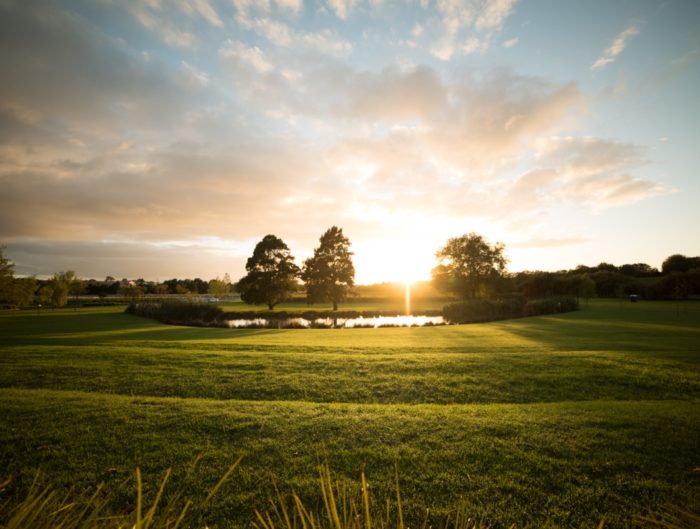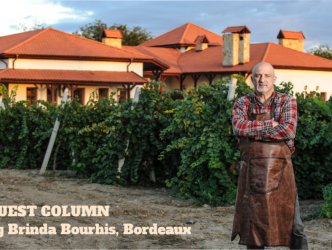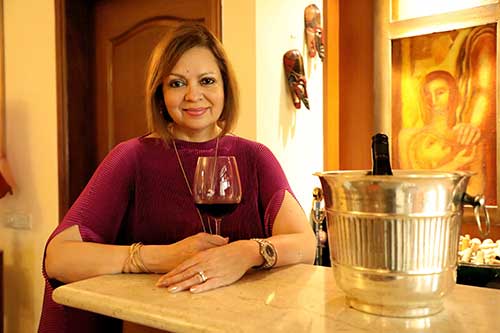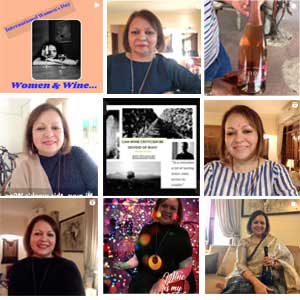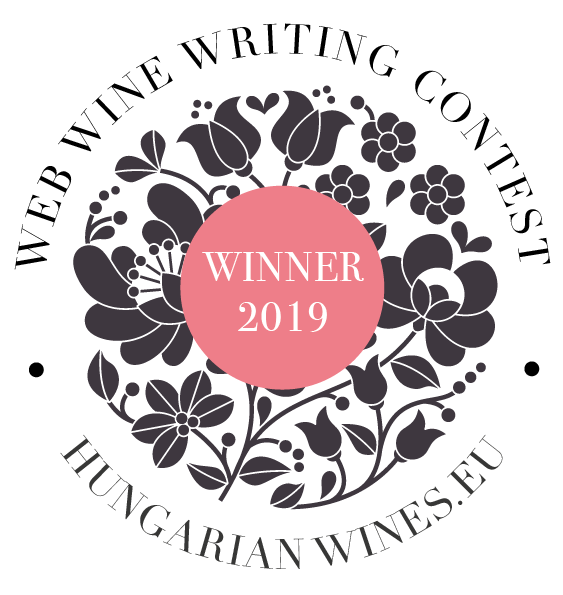Riesling Sekt is German wine’s best-kept secret. But pioneers like Dr. Enno Lippold are working to see it regain its lost glory where it once competed with Champagne for the favours of royalty
I first encountered Dr Enno Lippold at the launch of the Volcanic Wines of the World event in London last year. He was manning his own stall, pouring his Mosel Rieslings, and explaining the nuances of each wine in his portfolio. His focus and concentration on the job at hand was unmistakable.
In May this year, I encountered him and his wines again at the Glass of Bubbly show in London. Headlining an unusual masterclass that drew the attention of top wine educators and critics alike – Riesling Sekt. Dr Lippold, a noted figure in the German wine industry is known for his Rieslings grown at his boutique estate Ürziger Würzgarten, was speaking about sparkling Rieslings – a little-explored topic. A passionate advocate for old vines, and an equally passionate advocate for Riesling, Dr Lippold regaled his audience with stories from history about the historic reign of sparkling Riesling – the ultimate Sekt.
Sparkling Riesling was not a modern anomaly, he said, but went back to Victorian and Edwardian times, when it had dominated the wine world and was regarded as being on par with champagne. English royalty often opted for sparkling Riesling over champagne, such was its reputation. The Savoy hotel’s wine list showed that sparkling hocks (a British term for German white wines) and Moselles were frequently priced higher than top champagnes. In fact, Queen Mary’s favourite wine was the Deinhard Sparkling Moselle Green Foil, which she would partake of daily at 11 am right up to the time she passed away.
“Sparkling Rieslings were known to have widely triumphed at the world exhibitions in Philadelphia (1876), Melbourne (1880), and Paris (1900),” he said, and went on to lead the blind tasting that headlined the masterclass.
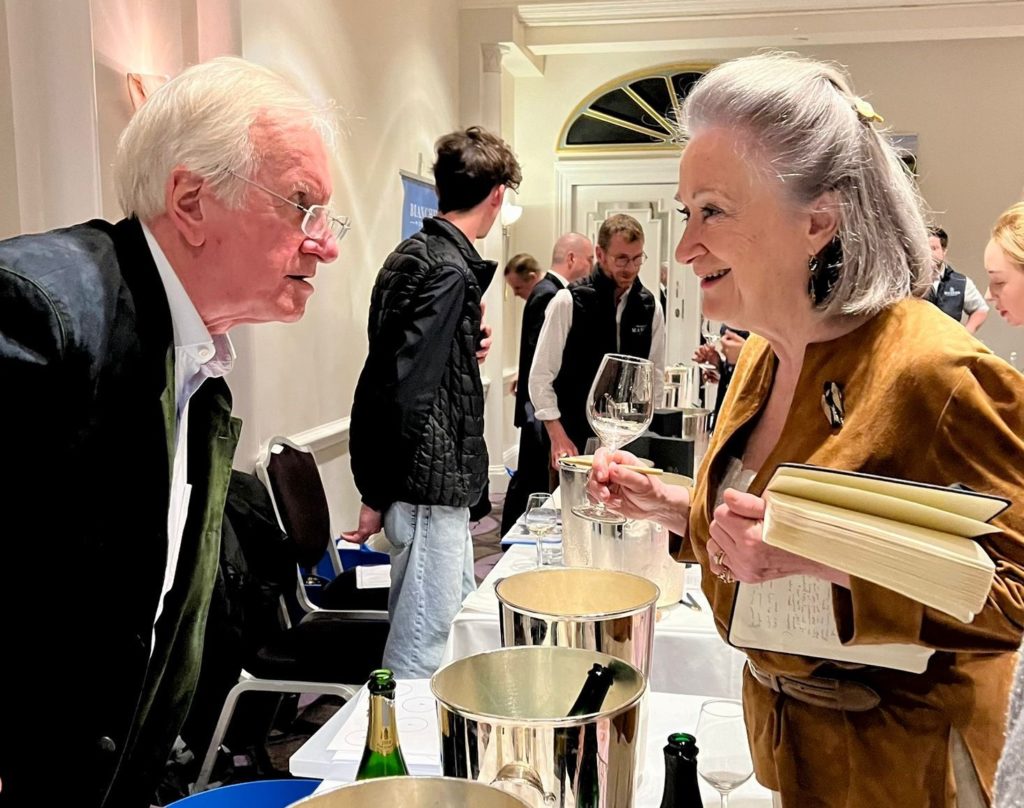
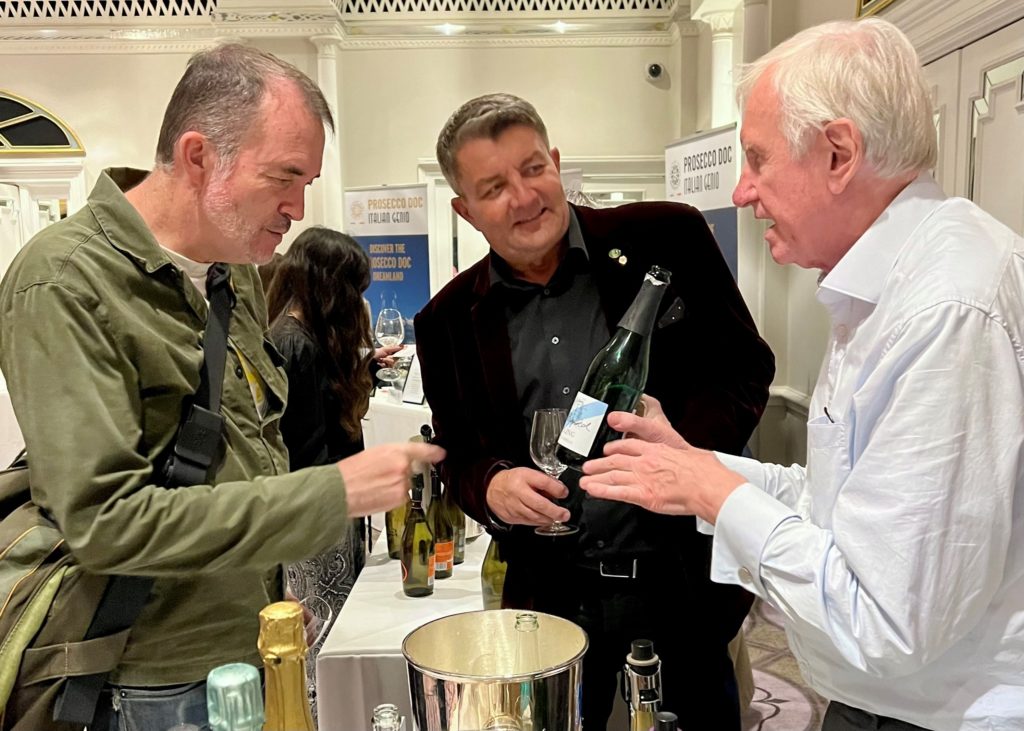
The lineup included Ruinart Blanc de Blancs NV as well as the Delamotte Blanc de Blancs 2014, pitched against his eponymous Dr. Lippold Sparkling Moselle Riesling Brut 2019 and Dr Lippold Crémant de Moselle 2017. The resultant votes post-tasting went 50/50, an even split between the champagnes and the sparkling Rieslings.
Christopher Burr MW concluded the session by noting the quality of the Riesling variety and its origins, which coincided with Champagne’s on the 50th parallel, had once again proven their excellence.
Riesling, as many wine lovers know, is the grape beloved of wine experts and sommeliers. It is known for the high-quality wines it produces, and it is produced around the world – everywhere from Australia’s Clare and Eden Valleys, Frace’s Alsace, and parts of the US but its natural home is considered to be Germany. However, within Germany, some of the most sought-after Rieslings come from the Mosel Valley, made in a variety of styles, from dry to sweet, all very high quality. This is where Dr Lippold has his vineyards.
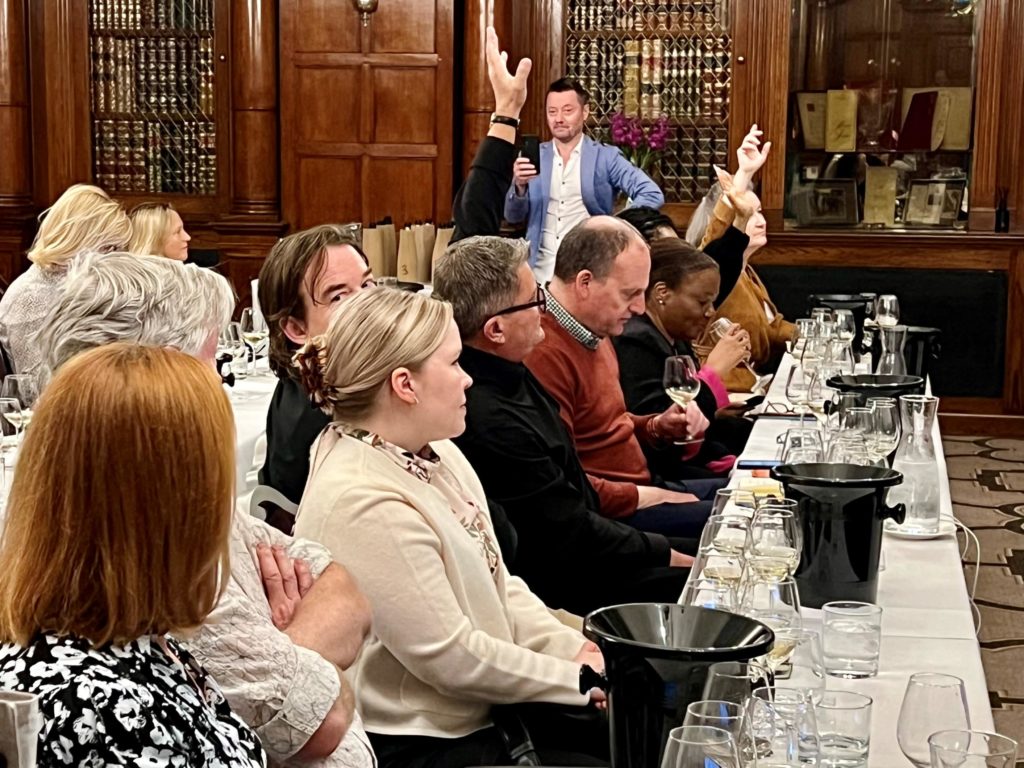
‘Christopher Burr MW noted that the quality of Riesling and its origins, which coincided with Champagne’s on the 50th parallel, had once again proven its excellence.‘
Following the tasting, I asked Dr Lippold for his views on Riesling, especially sparkling Riesling, and to explain what German Sekt (sparkling wine) was all about. Sekt, he said, is extremely popular in Germany, where 300 million bottles are consumed within the country itself. Most Sekt is made by the Charmat (tank) method, and well accepted for daily consumption. “Germans, especially the ladies, love fizz from late morning to the evening like no one else in the world,” going on to reveal that the famous surgeon Professor Sauerbach prescribed sparkling wine to freshly operated patients to support and stabilise blood pressure! To produce Sekt was the privilege of a few ‘Sektkellerein” using a large-scale, industrial process. It was only in 1969 that the law permitted smaller producers to produce sparkling wine, “Winzersekt”. Lacking expensive, large-scale machinery, they resorted to bottle fermentation.
This was the game changer.
“With its high acidity, Riesling is ideal for making sparkling wines (much like Chenin Blanc, Furmint, Glera for Prosecco, Moscato, and a few other high-acid grapes). But Riesling has its own unique fragrance, and is elegant, with a naturally low alcohol level. But most Riesling vineyards in Germany – the largest production of Riesling in the world even though it amounts to only 1% of grapes grown) are reserved for the much-acclaimed still wines, with only a few grapes left over to make sparkling wines.
“To make sparkling Moselle or Riesling Sekt more popular, it would need more consumers to discover this unique, hidden jewel. But there is hope! In Germany, a new generation is making sparkling wines, a good deal of which is devoted to Riesling Sekt, while the rest comes from Pinot Noir, Meunier, and Chardonnay.”
Who knows, he added, it is possible soon, with support from the German Wine Information Office, top quality Sekt will become more visible, and return to its days of lost glory. “But naturally only as a high-quality niche product for connoisseurs.”
As for Riesling paired with Asian cuisines, Dr Lippold believes this could well be a match made in heaven, as wines with over 12 or 13% ABV reinforce spiciness and create a burning sensation on the palate. “Fruity Mosel Rieslings with their light alcohol content are ideal for all spicy Indian dishes with a touch of sweetness, especially the curries with mango chutney. They serve as a ‘fire extinguisher’ for Westerners,” he adds with a laugh.
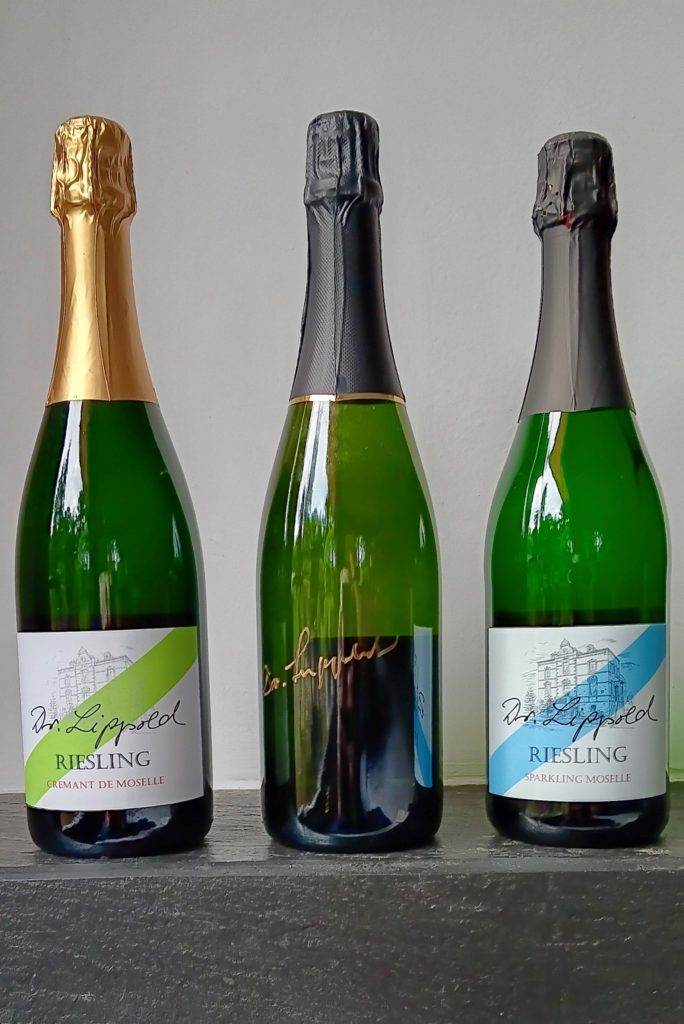
“But there is hope! In Germany, a new generation is making sparkling wines, a good deal of which is devoted to Riesling Sekt, while the rest comes from Pinot Noir, Meunier, and Chardonnay.”
Already, top Indian restaurants have reached out to him to feature his Rieslings, still and sparkling on their menus.
Will the Riesling love spread to other cuisines and other drinking occasions?
As a Riesling lover, I can only hope this happens.
Learn more about Riesling Sekt: https://www.winesofgermany.com/ and Dr Lippold’s website

